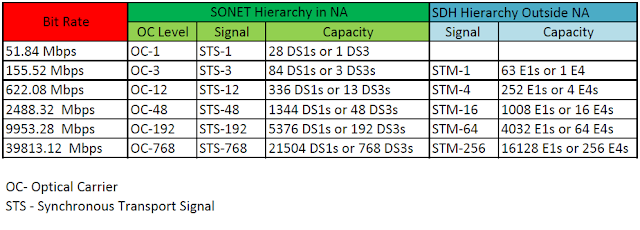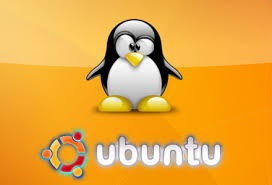CRS has new modes IOS-XR Modes (some may be familiar to you and others are new)
CLI Modes
Exec Mode - This is where you begin when logging in
RP/0/RP0/CPU0:CRS-1#
Configure Mode - This is where you modify the IOS-XR
RP/0/RP0/CPU0:CRS-1#config terminal
RP/0/RP0/CPU0:CRS-1(config)#
Controller Sonet Mode
RP/0/RP0/CPU0:CRS-1(config)#controller sonet0/2/0/1
RP/0/RP0/CPU0:CRS-1(config-sonet)# (there are additional sub modes such as "path mode")
Interface Mode
RP/0/RP0/CPU0:CRS-1(config)#interface pos 0/2/0/1
RP/0/RP0/CPU0:CRS-1(config-if-pos)#
Routing Protocols Mode
EX: Multicast Routing
RP/0/RP0/CPU0:CRS-1(config)#multicast-routing
RP/0/RP0/CPU0:CRS-1(config-mcast-ipv4)#interface all enable
EX: Router OSPF
RP/0/RP0/CPU0:CRS-1(config)#router ospf
RP/0/RP0/CPU0:CRS-1(config-ospf)#
EX: Router ISIS
RP/0/RP0/CPU0:CRS-1(config)#router ISIS
RP/0/RP0/CPU0:CRS-1(config-isis)#
Feel free to provide additional examples

















